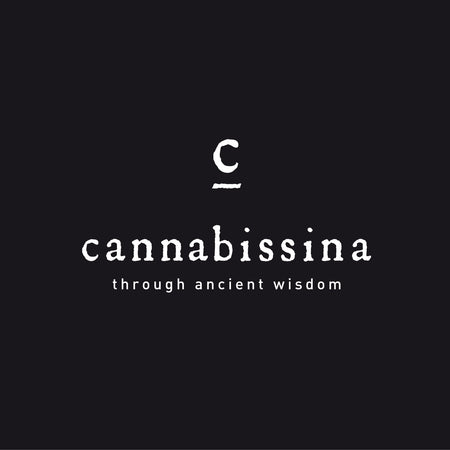‘Gluten-Free’ Means What It Says
In August 2013, the Food and Drug Administration issued a final rule that defined what characteristics a food has to have to bear a “gluten-free” claim. The rule also holds foods labeled “without gluten,” “free of gluten,” and “no gluten” to the same standard.
Manufacturers had one year to bring their labels into compliance. Any food product bearing a gluten-free claim on or after August 5, 2014 must meet the rule’s requirements.
This rule was welcomed by advocates for people with celiac disease, who face potentially life-threatening illnesses if they eat gluten, typically found in breads, cakes, cereals, pastas, and many other foods.
There is no cure for celiac disease and the only way to manage the disease is to avoid eating gluten. Without a standardized definition of “gluten-free,” these consumers could never really be sure if their body would tolerate a food with that label.
As one of the criteria for using the claim “gluten-free,” FDA set a limit of less than 20 ppm (parts per million) for the unavoidable presence of gluten in foods that carry this label. That is the lowest level that can be consistently detected in foods using valid scientific analytical tools. Also, most people with celiac disease can tolerate foods with very small amounts of gluten. This level is consistent with those set by other countries and international bodies that set food safety standards.
“This standard ‘gluten-free’ definition eliminates uncertainty about how food producers label their products. People with celiac disease can rest assured that foods labeled gluten-free’ meet a clear standard established and enforced by FDA,” says Felicia Billingslea, director of the FDA's division of food labeling and standards.
SOURCE: FDA.GOV


